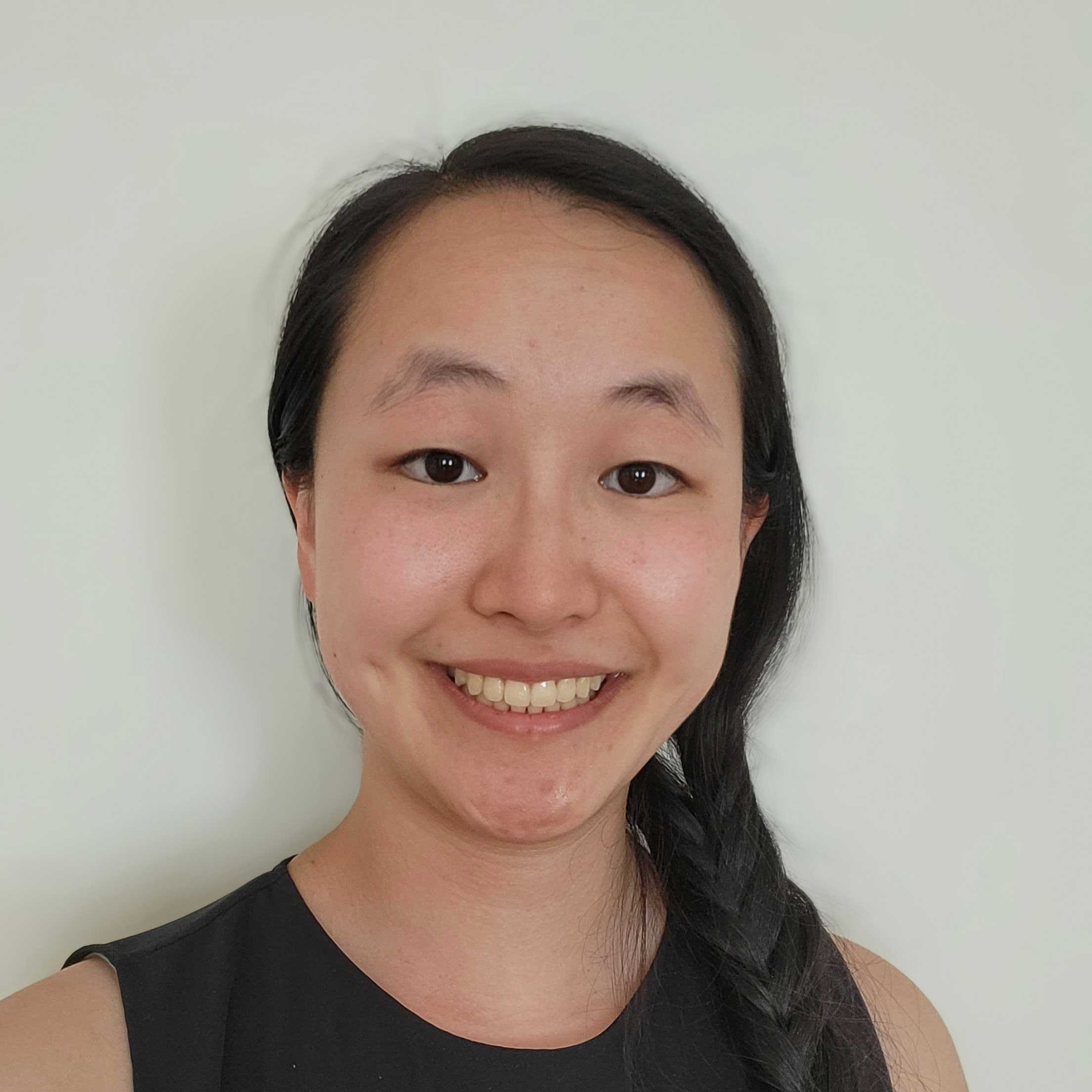
Q&A with Carmen Li
Carmen Li is a Graduate Student in Amir Mitchell’s Lab
Tell us a little bit about yourself. Where are you from? Tell us about your journey to your current position.
I grew up in Chelmsford, MA and from a young age I always knew I wanted to be a scientist. I wanted to be able to study the natural world and create things from it. However, in high school I found biology boring as it was mostly memorization, so I decided to do a biomedical engineering degree in undergrad. I went to Boston University for my undergraduate studies and during my second year I realize that biomedical engineering was mostly engineering and not much biology at all, so I decided to do a dual degree with biology. I found that this was the best for me as I learned quantitative and problem solving skills from engineering and about being a scientist from biology, which has been a great foundation for studying systems biology. After graduation, I worked as a research assistant in Dr. Sandro Santagata’s lab at Brigham and Women’s hospital, where I was first exposed to systems biology. Then I worked as a research associate at a biotech startup before going to graduate school.
What motivated you to become a scientist?
I’ve always enjoyed science and wanted to discover and create new things. What really solidified my path to becoming a scientist was learning about the Lab of Neglected Tropical Disease Drug Discovery at Northeastern University, which studies diseases that are understudied and overlooked by the pharmaceutical industry. I realized that being a scientist can really make a difference for people and wanted to be a part of that.
In 3-4 sentences can you tell us what you think are the key main findings from your work.
This paper focuses on how antimicrobials impede the growth of bacteria. We found that the growth curve of bacteria at subinhibitory concentrations can indicate if the bacteria can inactivate the drug. This makes it possible to rapidly and easily identify if a bacteria can inactivate a drug resulting in resistance.
Can you remember the first experiment you did for this paper?
The first experiment for this paper was actually an experiment for a completely different project. I had grown E. coli with many different drugs at subinhibitory concentrations and plotted the growth curves. Looking at all the growth curves together, we realized that different drugs resulted in differently shaped growth curves. This observation spurred on this side project, which eventually led to this paper.
What was the most exciting moment for you?
I think the most exciting moment was when I combined the results of if a drug was inactivated or not with the phenotype of the growth curves and realized that our hypothesis, that the phenotype can predict drug inactivation, was true!
Do you have any advice for other young scientists at any career stage from undergraduate through postdoc?
My advice would be to be unafraid to pivot and try new things. What you have studied before doesn’t have to be what you continue to study. This is especially true in graduate school where rotations can be a great opportunity to try new types of research.
What do you like to do outside of work?
I like to make pottery, hang out with friends and family, watch Korean dramas, drink boba and eat Asian food.
And finally, what’s next for you?
I will be wrapping up the original project that started this all and will hopefully eventually graduate!
